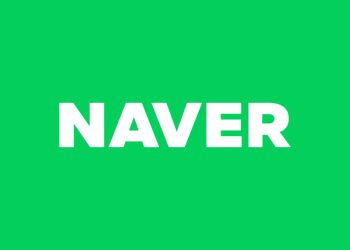NAVER LABS unveiled its easy push wheelchair “AIRCART Wheelchair”, first at the ACM/IEE HRI 2019 (Human-Robot Interaction), an association of human-robot interaction (HRI). The wheelchair can be pushed with little effort making it quite convenient for wheelchair assistants.
AIRCART is one result of robotics research that NAVER introduced at the ‘DEVIEW 2017’ conference in last October. The physical human-robot interaction (PHRI) technology used in muscle-boosting wearable robots has been applied to electric carts. Anyone with an AIRCART can carry heavy goods easily.
Five intern researchers from 6th-term interns at NAVER LABS, Kim Min-kyung from KAIST, Kim Geun-wook, Moon Jung-wook, Kim Jae-hoon and Lee Ho-tae from Seoul National University, came up with an idea to combine AIRCART technology with a wheelchair after thinking about ways to use it in real life. They have developed a wheelchair that can be controlled by walking (side-controlled), automatically folding (automatic folding), and shock absorption during driving.
At the conference, the NAVER LABS Robotics 6th-term interns demonstrated showcased the paper presentation and demonstrated the prototype of the AIRCART wheelchair project to world-renowned scholars in the relevant fields. They are said to have ranked second in the student design composition (SDC) category of the institute.
“This version of the AIRCART wheelchair shows that robots and people can interact better from an HRI perspective,” said Seok Sang-ok, CEO of NAVER LABS. “NAVER LABS will combine the various technologies being studied with better ideas to create synergy and help more people.”







